Home>Garden Essentials>Coir Soil Mix: How Long To Hydrate
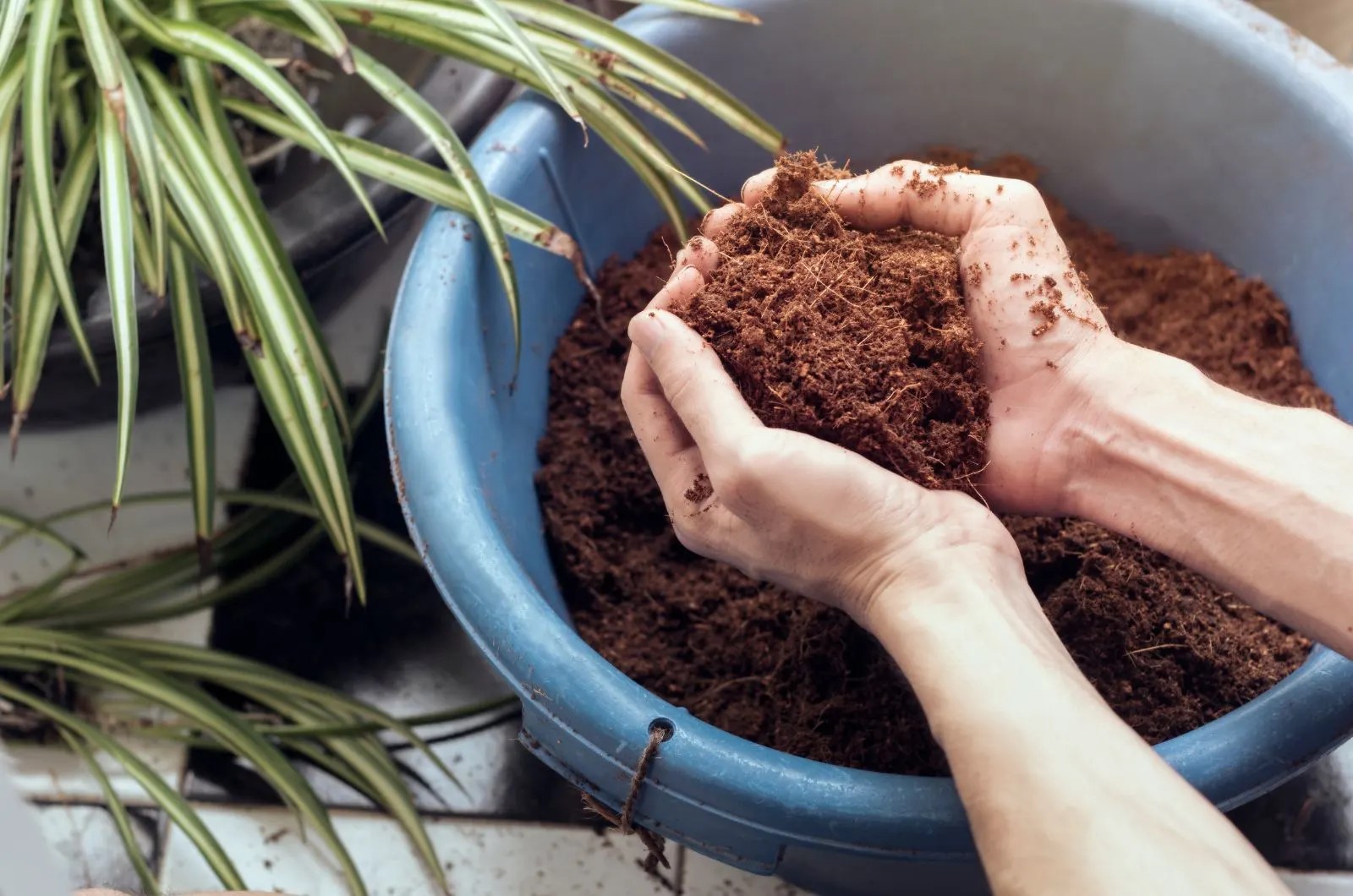

Garden Essentials
Coir Soil Mix: How Long To Hydrate
Modified: March 15, 2024
Discover the best Coir Soil Mix for your garden and learn how long it takes to hydrate. Enhance your gardening experience with this essential product.
(Many of the links in this article redirect to a specific reviewed product. Your purchase of these products through affiliate links helps to generate commission for Storables.com, at no extra cost. Learn more)
Introduction
Welcome to the wonderful world of gardening! Whether you’re a beginner or a seasoned gardener, one thing is for sure – choosing the right soil mix is crucial for the success of your plants. And when it comes to soil mediums, coir is becoming increasingly popular due to its numerous benefits. But to harness its full potential, it’s important to understand the process of hydrating coir soil mix.
Coir, also known as coco coir, is a natural fiber extracted from the husk of coconuts. It is a sustainable alternative to traditional peat moss, as it is a byproduct of the coconut industry and does not deplete natural resources. Coir soil mix consists of coir fibers, chips, or piths, which are often blended with other organic materials like compost or perlite to create a nutrient-rich and porous medium for plants.
Hydrating the coir soil mix is the process of moistening it before use. This is essential because coir comes in a dehydrated and compressed form when purchased. Hydration not only expands the coir, allowing it to fluff up and create a loose structure, but it also helps to activate its natural properties.
The importance of hydrating coir soil mix cannot be overstated. When properly hydrated, coir becomes a fantastic medium for plant growth, providing a well-balanced combination of moisture retention and good drainage. It creates an ideal environment for roots to thrive, promoting healthy plant development. Additionally, hydrated coir is resistant to harmful organisms and diseases, ensuring the longevity of your garden.
However, the hydration process is not a one-size-fits-all approach. Several factors can affect the time needed to hydrate coir soil mix, including the type of coir, its moisture content, and ambient conditions such as temperature and humidity. Understanding these factors will help you determine the optimal hydration time for your specific coir soil mix.
Key Takeaways:
- Properly hydrating coir soil mix is essential for creating an optimal environment for plant growth, promoting healthy roots, and activating its beneficial properties.
- Factors such as coir type, moisture content, and ambient conditions affect hydration time. Observing the coir’s appearance and texture during hydration helps determine the optimal time.
Read more: How Long To Keep Bulk Soil Mix
What is Coir Soil Mix?
Coir soil mix, also referred to as coco coir soil mix, is a growing medium that is made from the fibrous material found in the husk of coconuts. It is a popular alternative to traditional peat moss due to its sustainable and eco-friendly nature.
Coir is derived from the outer husk of coconuts, which is usually discarded as waste. The husks are processed to extract the fibers, chips, or piths, which are then used to create the coir soil mix. By repurposing this waste product, the use of coir helps to reduce the environmental impact associated with traditional growing mediums.
Coir offers several benefits as a soil mix. Firstly, it is highly porous, allowing for excellent air circulation and water drainage. This promotes healthy root development as excessive moisture is avoided, preventing root rot. The porous nature of coir also allows for better oxygenation of the roots, ensuring optimal nutrient absorption.
Another advantage of coir soil mix is its water retention properties. Coir has the ability to absorb and hold significant amounts of water, which is gradually released to the plants as they need it. This helps to prevent under or over-watering, providing a consistent moisture level for optimal plant growth.
Moreover, coir is a pH-neutral medium, which means it does not affect the acidity or alkalinity of the soil. This makes it suitable for a wide range of plants with varying pH requirements. Additionally, coir is naturally resistant to pests, diseases, and weeds, reducing the need for chemical interventions in your garden.
Coir soil mix can be used in a variety of gardening applications, including container gardening, raised beds, and hydroponics. It is a versatile medium that can support the growth of many types of plants, from vegetables and fruits to flowers and herbs.
Overall, coir soil mix offers an eco-friendly, sustainable, and effective alternative to traditional soil mediums. Its porous structure, water retention abilities, pH-neutrality, and pest resistance make it an ideal choice for both hobbyist and professional gardeners.
Importance of Hydrating Coir Soil Mix
Hydrating coir soil mix is a crucial step in utilizing its full potential as a growing medium. Here are some reasons why hydration is so important:
- Expands and Fluffs the Coir: When coir soil mix is dehydrated, it comes in a compacted block or bag. Hydration allows the coir to expand and fluff up, creating a loose and airy texture. This is essential for creating an optimal growing environment for plant roots, as it promotes good drainage and prevents soil compaction.
- Activates its Properties: Coir has natural properties that benefit plants, such as water retention and aeration. However, these properties are not fully activated until it is properly hydrated. Hydrating the coir soil mix ensures that it is ready to provide the necessary moisture and oxygen to the plant roots.
- Enhances Moisture Retention: One of the key advantages of coir is its ability to retain water. Properly hydrated coir soil mix can hold moisture effectively, providing a steady supply to the plants as needed. This not only reduces the frequency of watering but also helps to prevent overwatering and root rot.
- Promotes Healthy Root Development: Hydration creates a favorable growing environment for plant roots. The loose and well-draining texture of the coir soil mix allows roots to penetrate easily, promoting healthy root growth. Adequate hydration also aids in the absorption of nutrients by the roots, ensuring optimal plant nourishment.
- Resists Harmful Organisms: Hydrated coir has natural properties that make it resistant to pests, diseases, and weed growth. This reduces the chances of plant damage and allows for a healthier and more sustainable garden. By hydrating the coir soil mix, you activate these natural defenses, providing an added layer of protection for your plants.
Overall, hydrating coir soil mix is a critical step in harnessing its beneficial properties. By ensuring proper hydration, you create an ideal growing medium that promotes healthy plant growth, enhances moisture retention, and provides natural defenses against pests and diseases.
Factors Affecting Hydration Time
When hydrating coir soil mix, there are several factors that can influence the amount of time it takes for the coir to fully absorb water. These factors include:
- Type of Coir: There are different types of coir available, such as coir fibers, chips, or piths. Each type may have different densities and compositions, affecting how quickly it hydrates. For example, coir chips may take longer to fully absorb water compared to coir fibers.
- Moisture Content: The initial moisture content of the coir soil mix can impact the hydration time. If the coir is too dry, it may require more time and water to fully absorb and expand. Conversely, if the coir is already partially hydrated, it may require less time for complete hydration.
- Ambient Conditions: The environmental conditions, such as temperature and humidity, can influence how quickly the coir soil mix hydrates. Warmer temperatures generally encourage faster hydration, while cooler temperatures may slow down the process. Similarly, higher humidity levels can expedite hydration, while low humidity may prolong the time it takes for the coir to absorb water.
- Watering Technique: The method you use to water the coir soil mix can affect how quickly it absorbs water. Properly evenly distributing water throughout the coir, whether by misting, soaking, or using a watering can, is important for efficient and thorough hydration.
- Quantity of Water: The amount of water you use during hydration can influence the time it takes for the coir to fully absorb it. Using an appropriate amount of water, enough to thoroughly saturate the coir without causing excessive runoff, is important for achieving optimal hydration.
It’s important to note that the hydration time can vary depending on these factors, and there is no one-size-fits-all approach. It’s recommended to follow the instructions provided by the manufacturer, as they may offer specific guidelines for hydrating their coir soil mix. Additionally, observing the coir’s appearance and texture during the hydration process can provide insights into its hydration progress.
By taking these factors into consideration, you can gauge the hydration time of your coir soil mix appropriately, ensuring that it is fully hydrated and ready for use in your garden.
To properly hydrate coir soil mix, soak it in water for at least 30 minutes. This will allow the coir to fully expand and become ready for use in gardening or planting.
How to Hydrate Coir Soil Mix
Hydrating coir soil mix is a simple process that involves adding water to the dehydrated coir to expand and activate its properties. Here’s a step-by-step guide on how to properly hydrate coir soil mix:
- Prepare the Coir: Start by placing the desired amount of coir soil mix in a large container or bucket. Break apart any compacted chunks or blocks to create a loose texture that will facilitate hydration.
- Add Water Gradually: Begin adding water to the coir soil mix in small increments. Pour enough water to dampen the coir, then let it sit for a few minutes to absorb the moisture. Continue this process, gradually increasing the amount of water as needed.
- Mix and Fluff: Use your hands or a gardening tool to thoroughly mix and fluff the coir as you add water. This will help distribute the moisture evenly throughout the mixture and assist in breaking up any remaining compacted portions.
- Observe and Adjust: Keep a close eye on the coir as you hydrate it. Pay attention to its texture and appearance. If it still feels dry or compacted in certain areas, add more water and mix until it reaches an evenly moist and fluffy consistency.
- Allow for Absorption Time: Once the coir soil mix is thoroughly moistened, allow it to sit for a while to absorb the water fully. This absorption period can range from 15 minutes to an hour, depending on the type and density of the coir.
- Test for Moisture Level: To ensure the coir is properly hydrated, you can perform a simple squeeze test. Take a handful of the coir soil mix and gently squeeze it. If water drips out or if it feels excessively wet, it may be overhydrated. If it feels moist but not dripping, it is likely at the right moisture level.
- Drain Excess Water: If you find that the coir soil mix is too wet, drain any excess water by gently pressing down on the mixture or tilting the container. Proper drainage is essential to prevent waterlogging and ensure a well-balanced growing environment.
- Ready to Use: Once the coir soil mix is properly hydrated and excess water is drained, it is ready for use in your garden. Plant your desired vegetation or fill containers with this nutrient-rich medium, and enjoy the benefits of coir in supporting healthy plant growth.
Remember, the hydration process may vary depending on the type of coir and individual conditions. It’s always a good idea to refer to the manufacturer’s instructions for specific guidance on hydrating their coir soil mix.
By following these steps, you’ll ensure that your coir soil mix is thoroughly hydrated, providing an optimal growing medium for your plants.
Read more: How To Make Potting Soil Mix
Recommended Hydration Time for Coir Soil Mix
The recommended hydration time for coir soil mix can vary depending on several factors, including the type of coir, its moisture content, and the ambient conditions in your environment. While there is no exact time frame that applies universally, there are some general guidelines to follow:
- Read the Instructions: Always refer to the manufacturer’s instructions for specific guidance on hydrating their coir soil mix. They may provide recommendations based on their product’s unique characteristics.
- Moisture Absorption: The primary goal when hydrating coir soil mix is to ensure that it absorbs enough water to expand and achieve a fluffy texture. This typically takes about 15 to 30 minutes depending on the coir type and density.
- Squeeze Test: Perform a squeeze test to determine the moisture level of the coir. Gently squeeze a handful of the hydrated coir soil mix. If water drips out or it feels excessively wet, it may be overhydrated. If it feels moist but not excessively wet, it is likely at the right moisture level.
- Ambient Conditions: Take into account the temperature and humidity of your environment. Warmer temperatures and higher humidity levels generally expedite the hydration process, while cooler temperatures and lower humidity levels can prolong it. Adjust the hydration time accordingly.
- Observation and Adjustment: Pay attention to the coir’s appearance and texture during the hydration process. If it still feels dry or compacted in certain areas, continue to add water and mix until it achieves an evenly moist and fluffy consistency.
- Experience and Experimentation: As you gain experience with hydrating coir soil mix, you will develop a better sense of the optimal hydration time based on the specific coir you are using and your environmental conditions. Don’t be afraid to experiment and adjust the hydration process as needed.
It’s important to remember that overhydrating coir soil mix can lead to waterlogging, which can be detrimental to plant roots. Balance is key, so monitor the moisture level and adjust accordingly.
By following these guidelines and adapting them to your specific circumstances, you’ll be able to determine the recommended hydration time for your coir soil mix and ensure that it is adequately prepared for use in your garden.
Overhydration Risks and Prevention
While proper hydration of coir soil mix is essential for optimal plant growth, it’s important to be aware of the risks associated with overhydration. Overhydration can lead to waterlogged soil, which can cause root damage and hinder plant health. Here are some risks of overhydration and measures to prevent them:
- Root Rot: Excessive moisture in the soil can lead to root rot, a condition in which the roots become waterlogged and start to decay. This can result in stunted growth, wilting, and even plant death. To prevent root rot, ensure that your coir soil mix has appropriate drainage and don’t overwater your plants.
- Reduced Oxygen Availability: Overhydration can limit the availability of oxygen to plant roots. Oxygen is vital for root respiration and nutrient absorption. Without enough oxygen, root function is impaired, leading to poor plant growth. To prevent this, make sure the coir soil mix is well-aerated and allow for proper drainage.
- Nutrient Imbalances: Overhydration can flush out essential nutrients from the soil, leading to nutrient imbalances in the coir soil mix. This can result in nutrient deficiencies or toxicities in plants. Regularly monitor the nutrient levels in your soil and adjust fertilizer applications accordingly.
- Pest and Disease Susceptibility: Prolonged moisture in the coir soil mix can attract pests, such as fungi, bacteria, and insects, that thrive in damp conditions. These can cause plant diseases and damage. To prevent pest and disease infestations, ensure proper drainage, practice good sanitation, and avoid overwatering.
- Monitor Plant Watering: Overwatering is a common cause of overhydration. Always check the moisture level of the soil before watering and adjust watering frequency based on the specific needs of your plants. Allow the top layer of the soil to dry out slightly between watering sessions.
- Use Well-Draining Containers: If you’re using containers with coir soil mix, ensure that they have adequate drainage holes to allow excess water to escape. This will prevent water from pooling at the bottom and causing overhydration.
- Proper Drainage: Ensure that the coir soil mix is well-draining by adding amendments like perlite or vermiculite. These materials help to create air pockets in the soil, allowing excess water to drain away more efficiently.
- Observe Plant Health: Regularly monitor the health of your plants for signs of overhydration, such as yellowing leaves, wilting, or a foul odor. Adjust your watering routine accordingly to prevent further damage.
By being mindful of the risks of overhydration and taking preventive measures, you can maintain a healthy and thriving garden with coir soil mix. Remember to strike a balance between adequate hydration and proper drainage to provide the ideal growing environment for your plants.
Conclusion
Hydrating coir soil mix is a crucial step in ensuring the success of your garden. By understanding what coir soil mix is, the importance of hydration, and the factors that can affect hydration time, you can make the most of this sustainable and versatile growing medium.
Coir soil mix provides an eco-friendly alternative to traditional soil mediums, with its excellent water retention, aeration, and pH-neutral properties. By properly hydrating coir soil mix, you enable it to expand, activate its beneficial properties, and create an optimal environment for root development and plant growth.
When hydrating coir soil mix, it’s important to consider factors such as the type of coir, its moisture content, ambient conditions, and your watering technique. Following recommended hydration techniques and observing the coir’s appearance and texture during the process will help you determine the optimal hydration time.
While proper hydration is critical, it’s essential to be mindful of the risks of overhydration, such as root rot, reduced oxygen availability, nutrient imbalances, and pest susceptibility. Preventive measures like monitoring plant watering, using well-draining containers, ensuring proper drainage, and promptly addressing any signs of overhydration can help mitigate these risks.
In conclusion, by taking the time to hydrate coir soil mix properly and being vigilant about overhydration risks, you can create an ideal growing environment in your garden. Coir soil mix’s moisture retention, aeration, and pest resistance make it an excellent choice for a wide range of plants and gardening applications.
Embrace the benefits of coir soil mix and enjoy the rewarding journey of gardening with this sustainable and versatile medium!
Frequently Asked Questions about Coir Soil Mix: How Long To Hydrate
Was this page helpful?
At Storables.com, we guarantee accurate and reliable information. Our content, validated by Expert Board Contributors, is crafted following stringent Editorial Policies. We're committed to providing you with well-researched, expert-backed insights for all your informational needs.
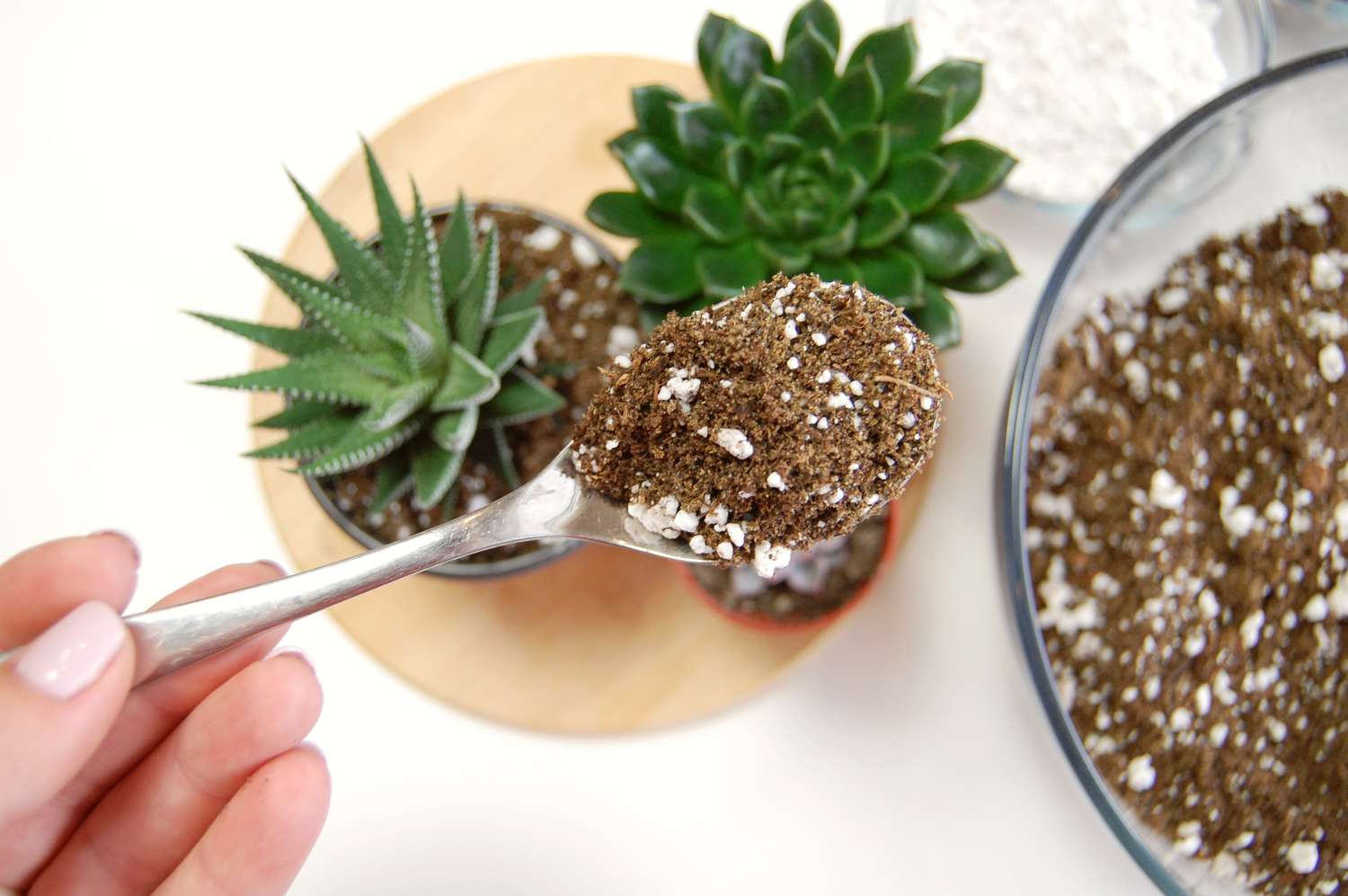
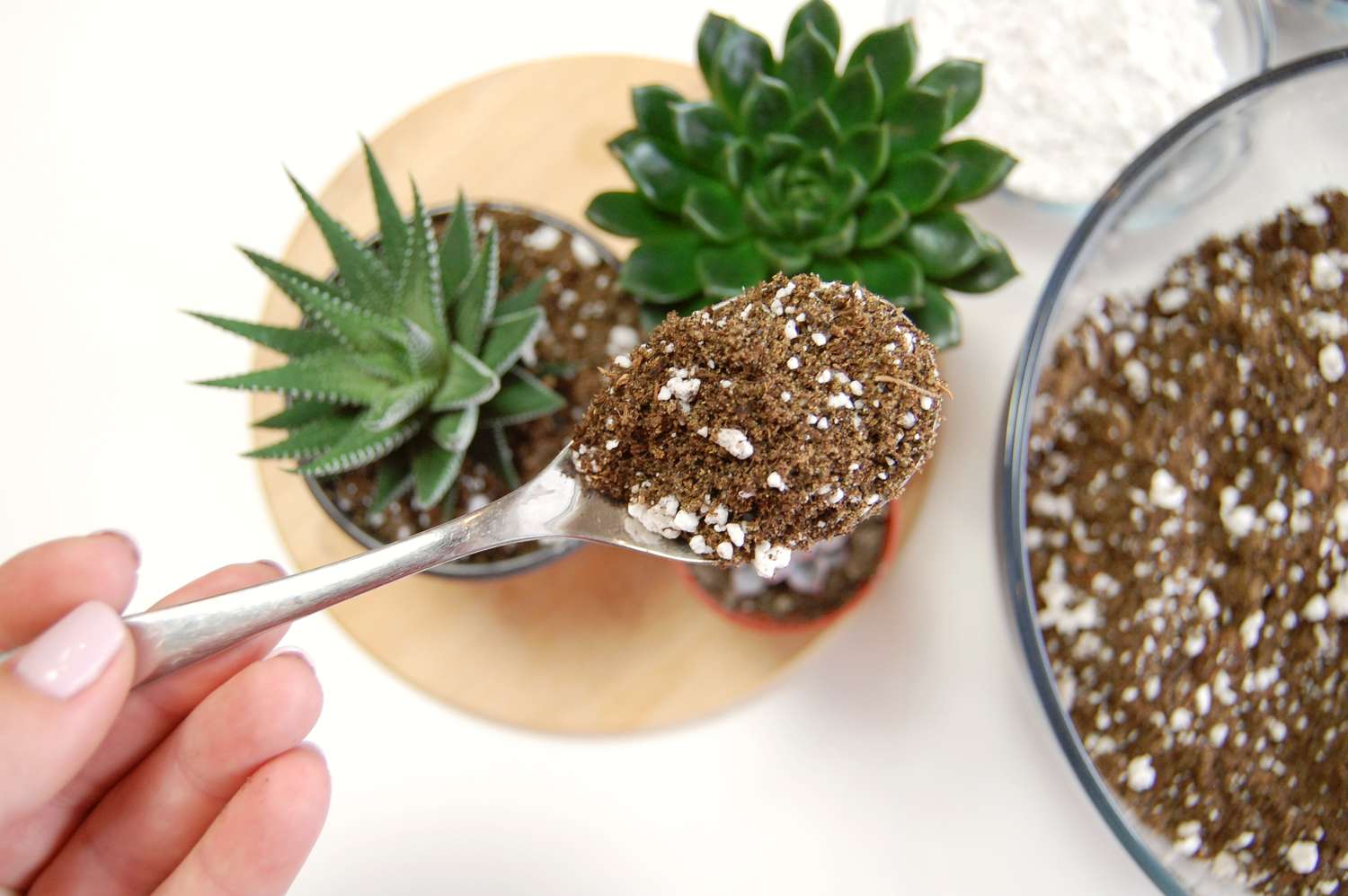
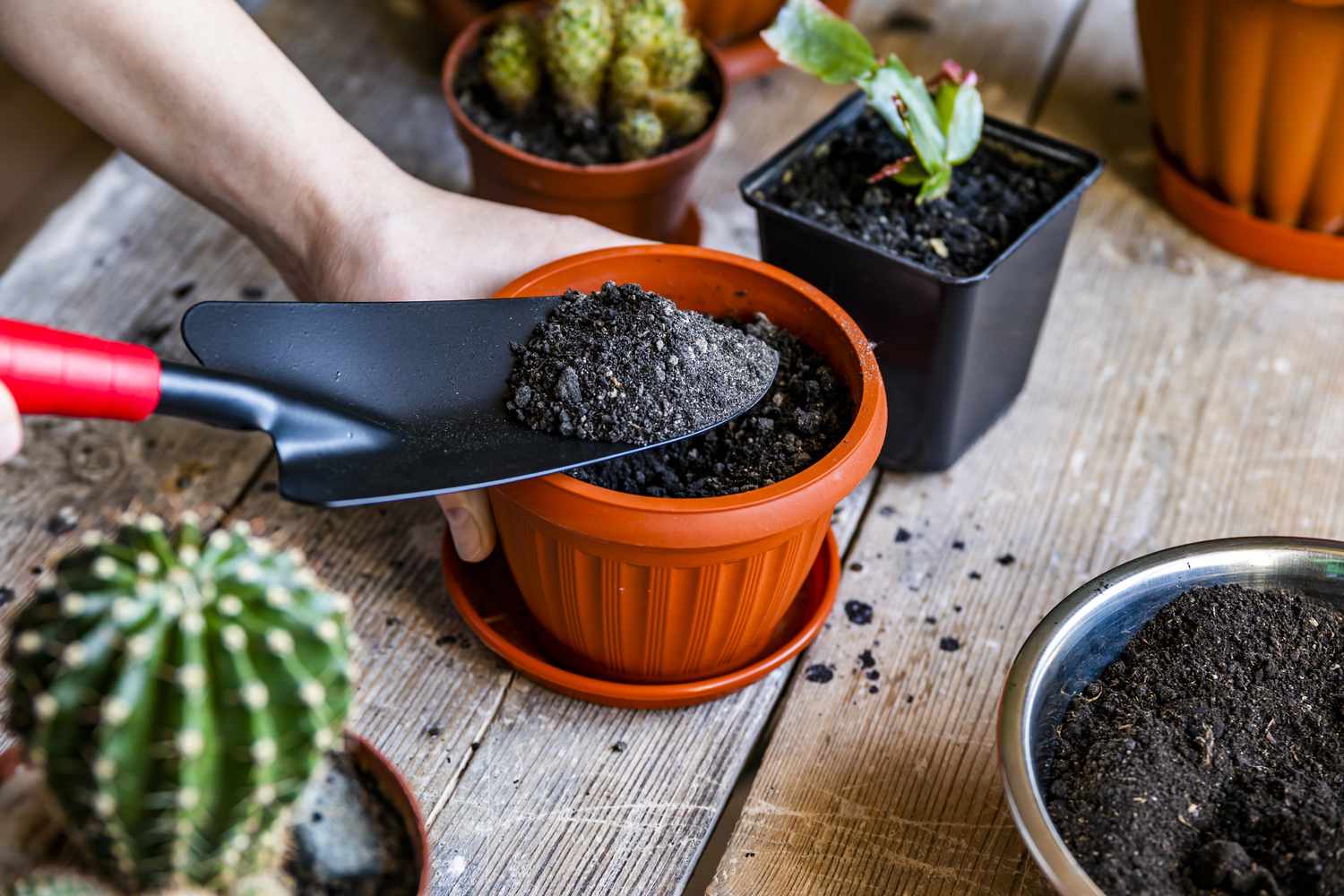
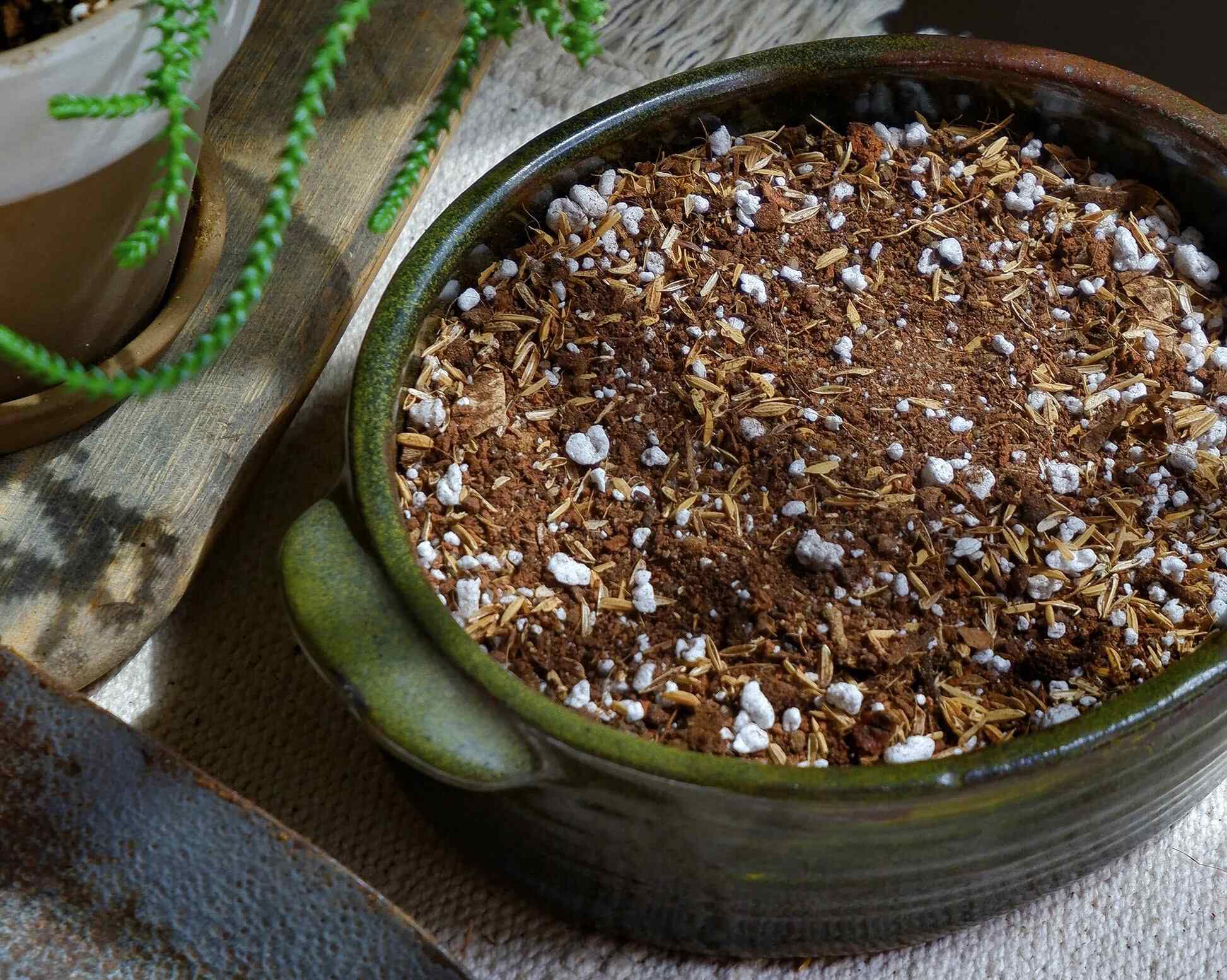
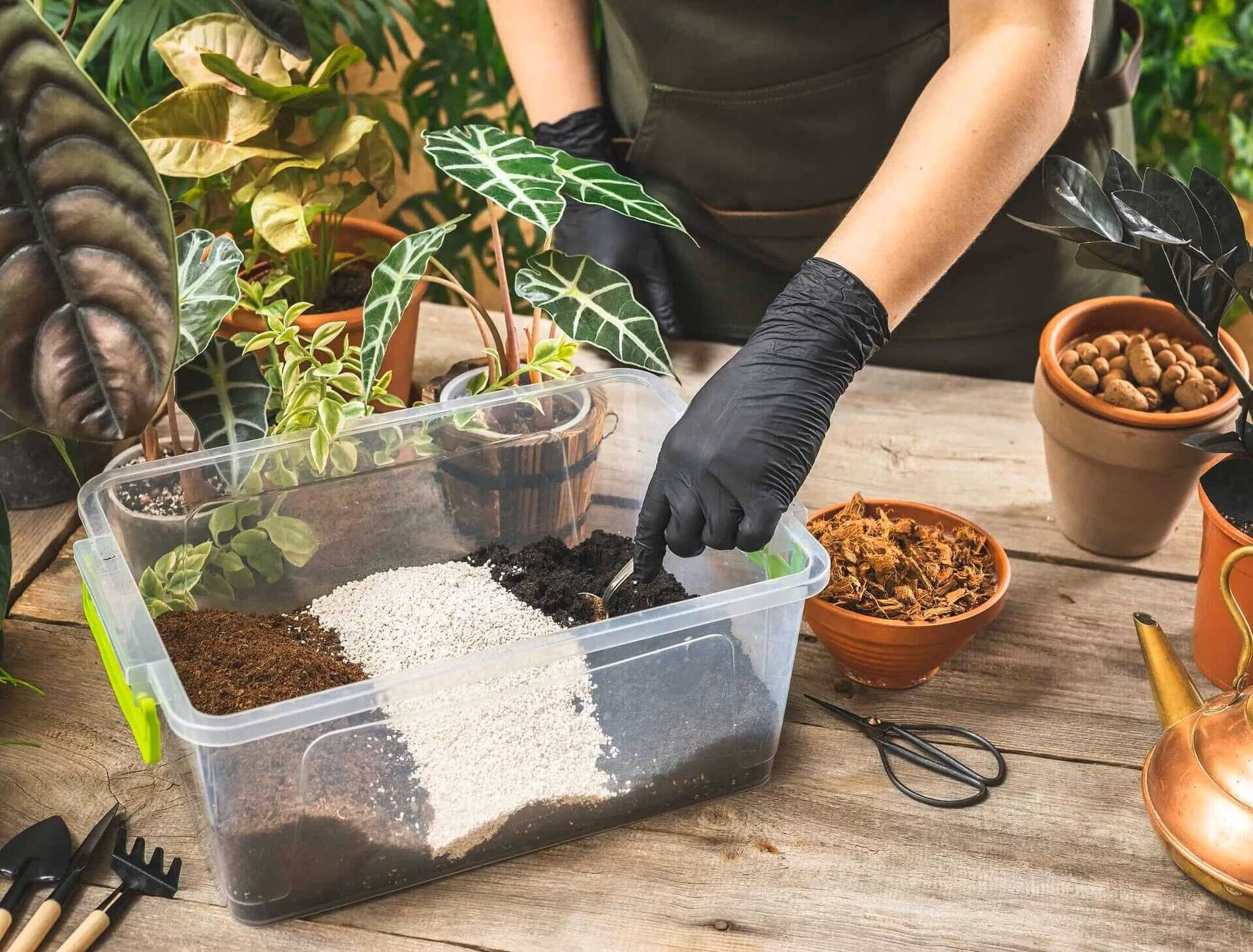
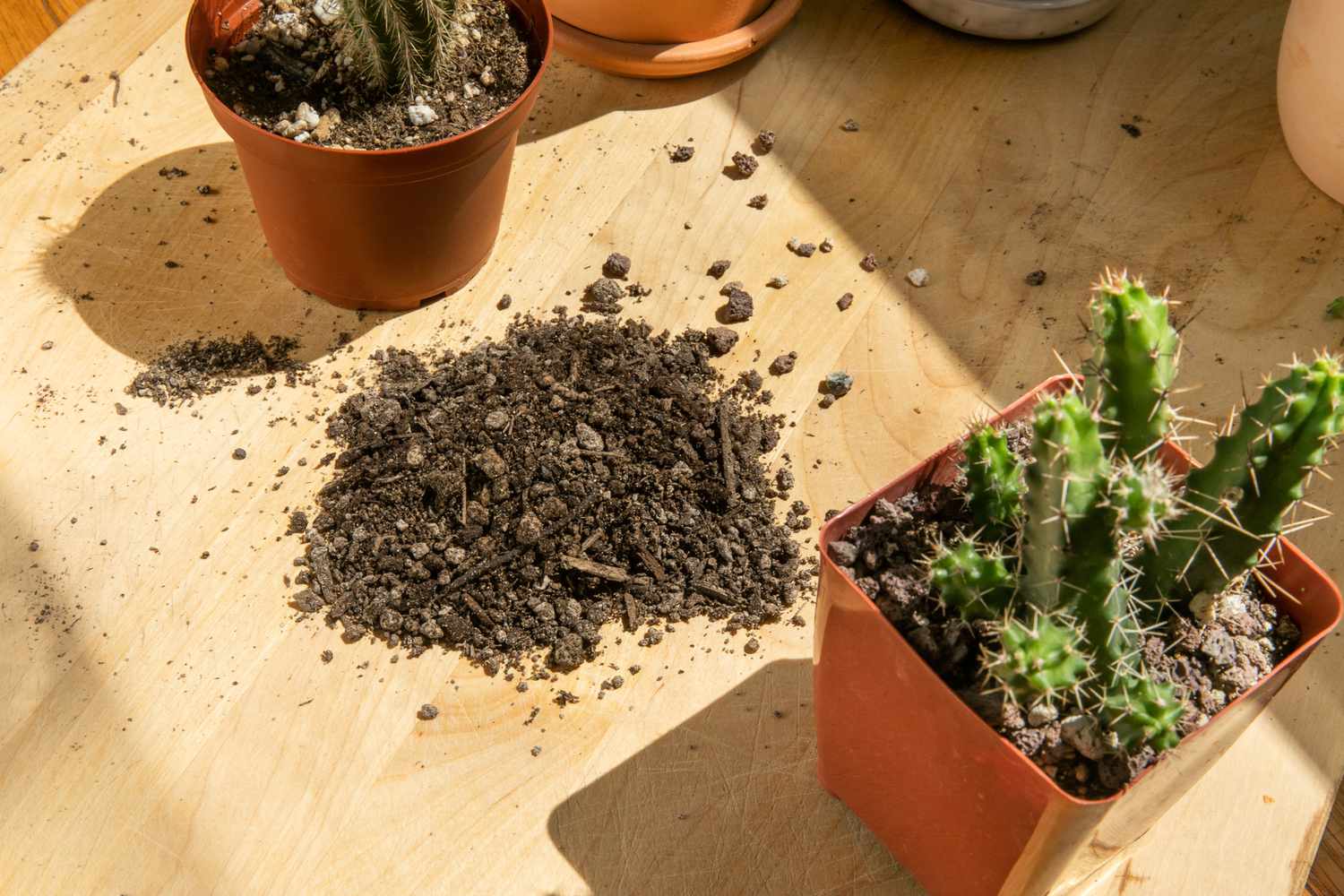
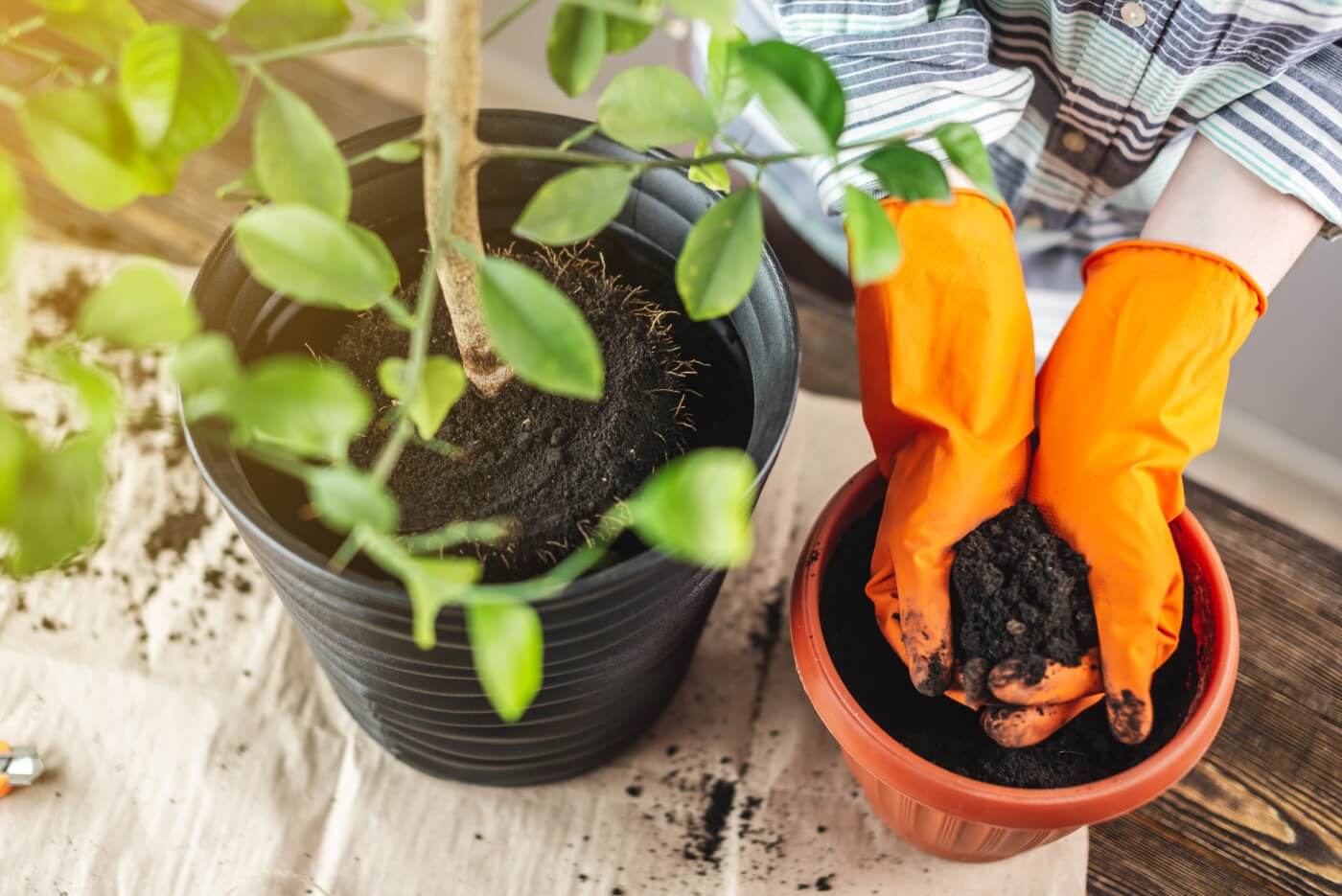

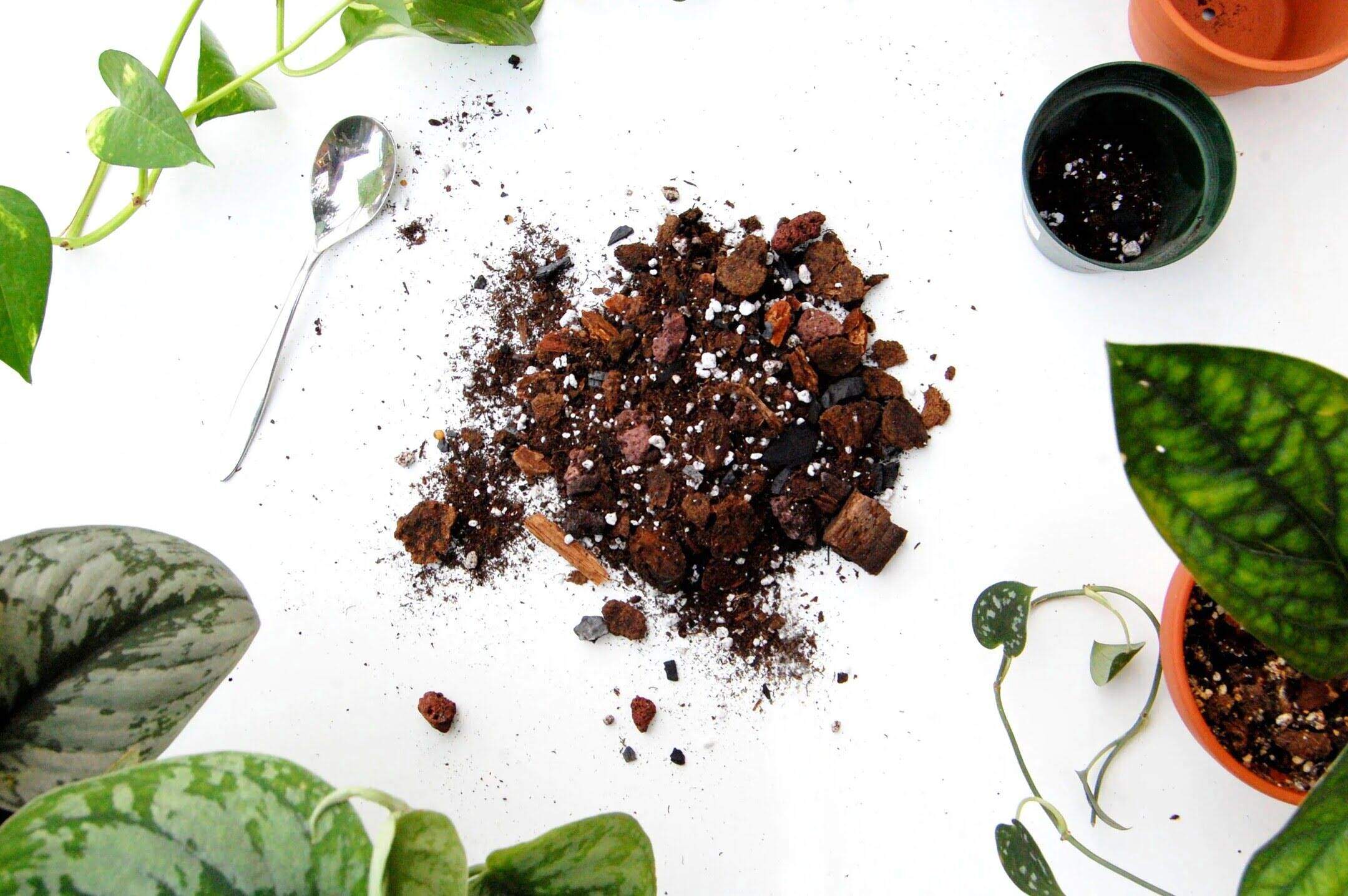
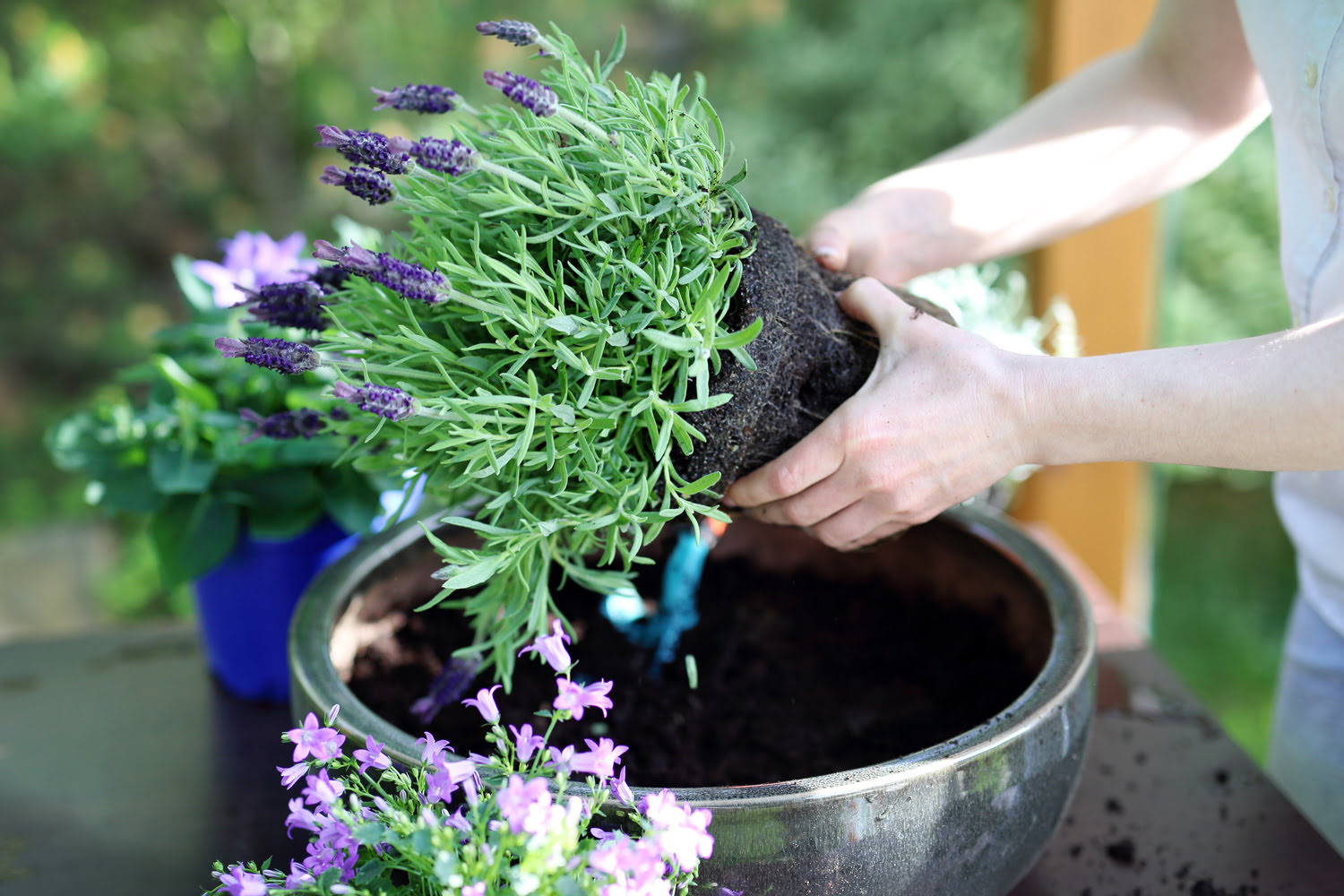
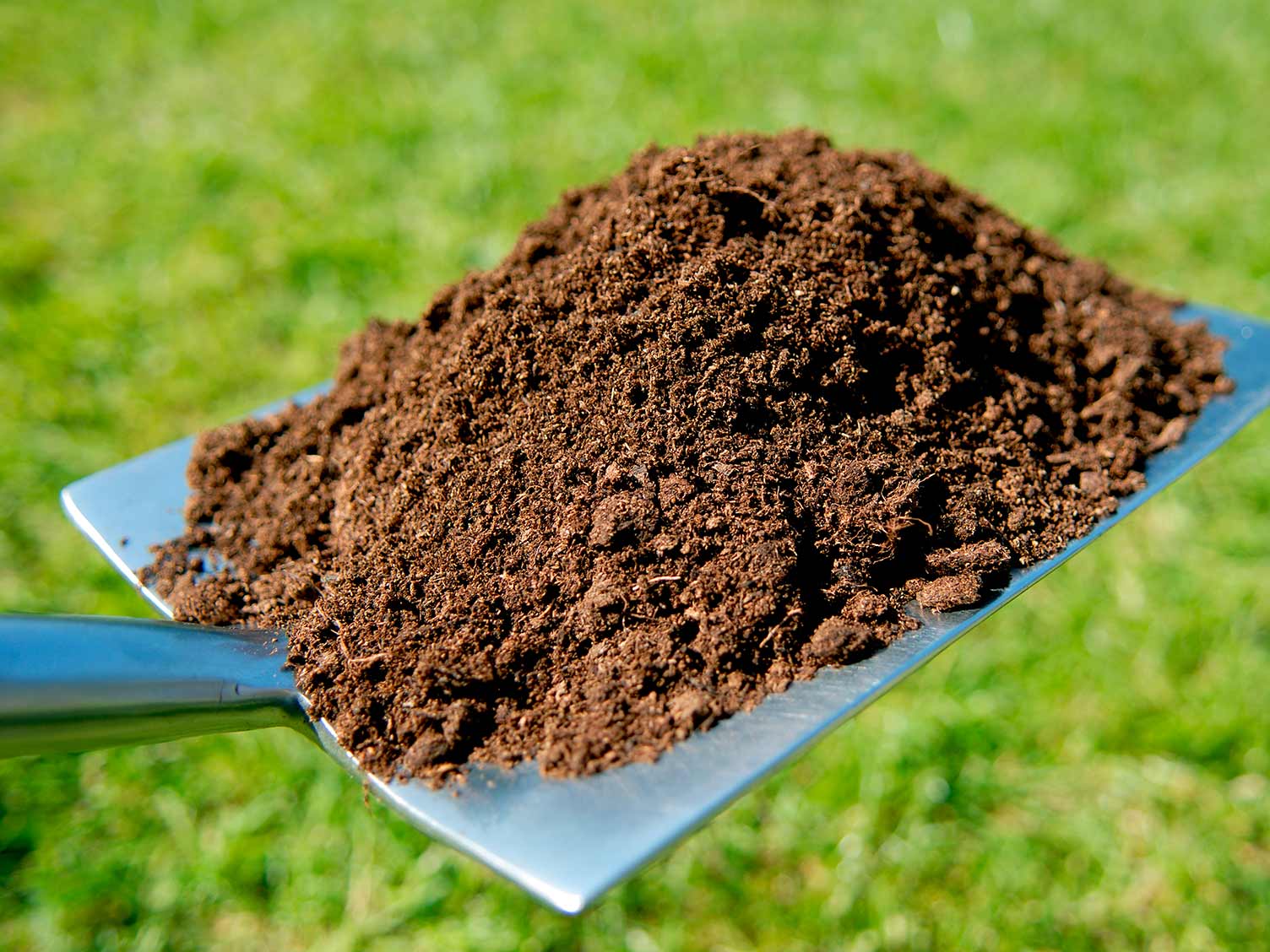
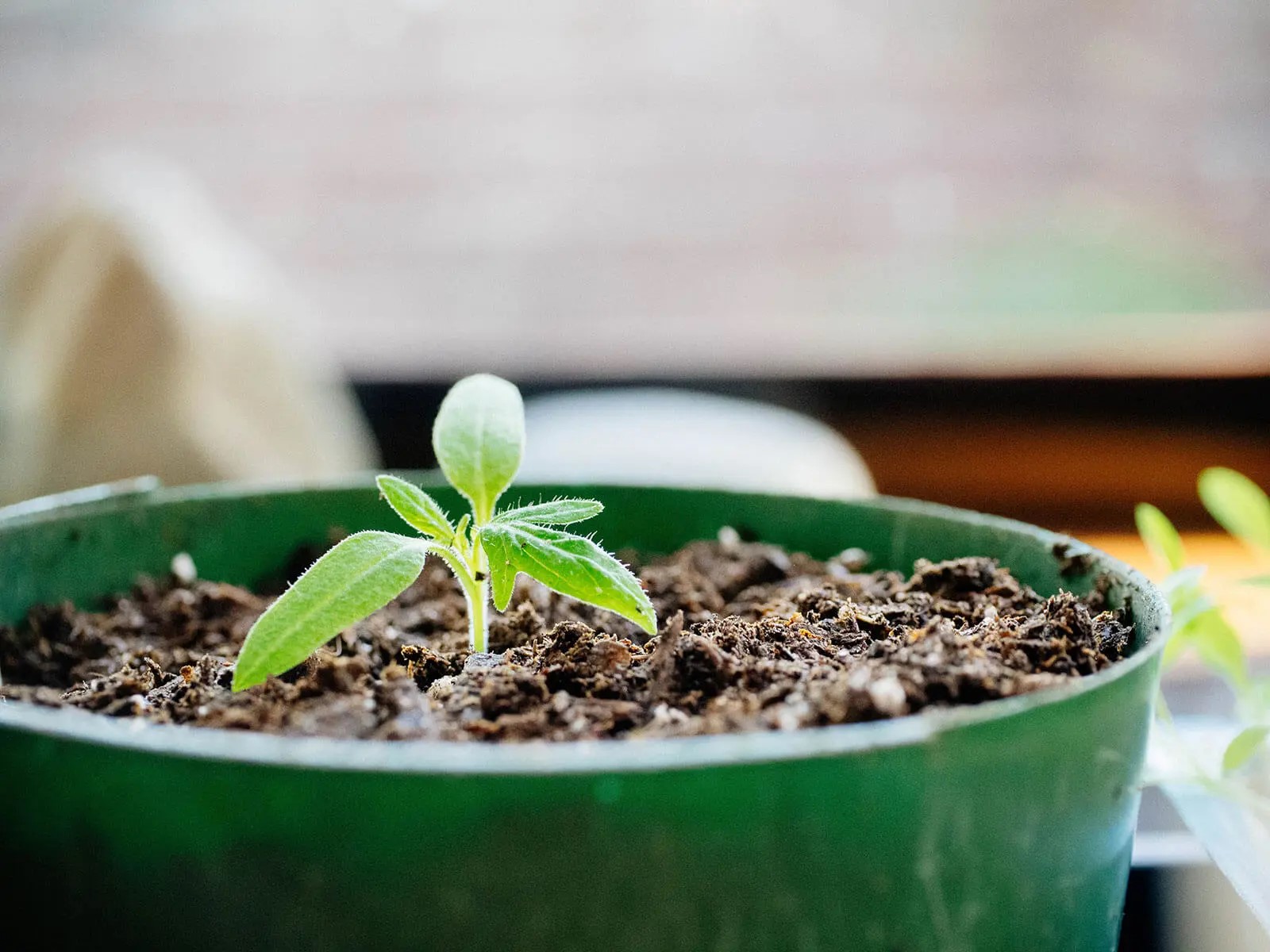
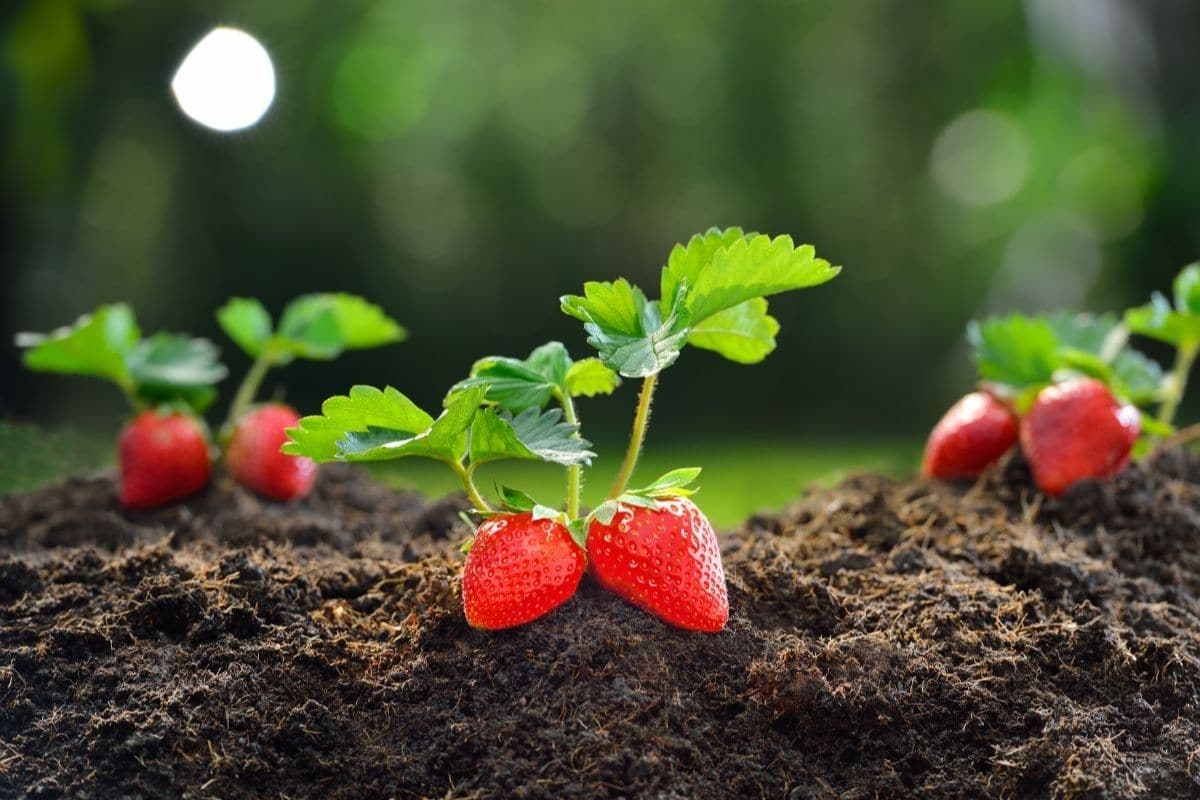
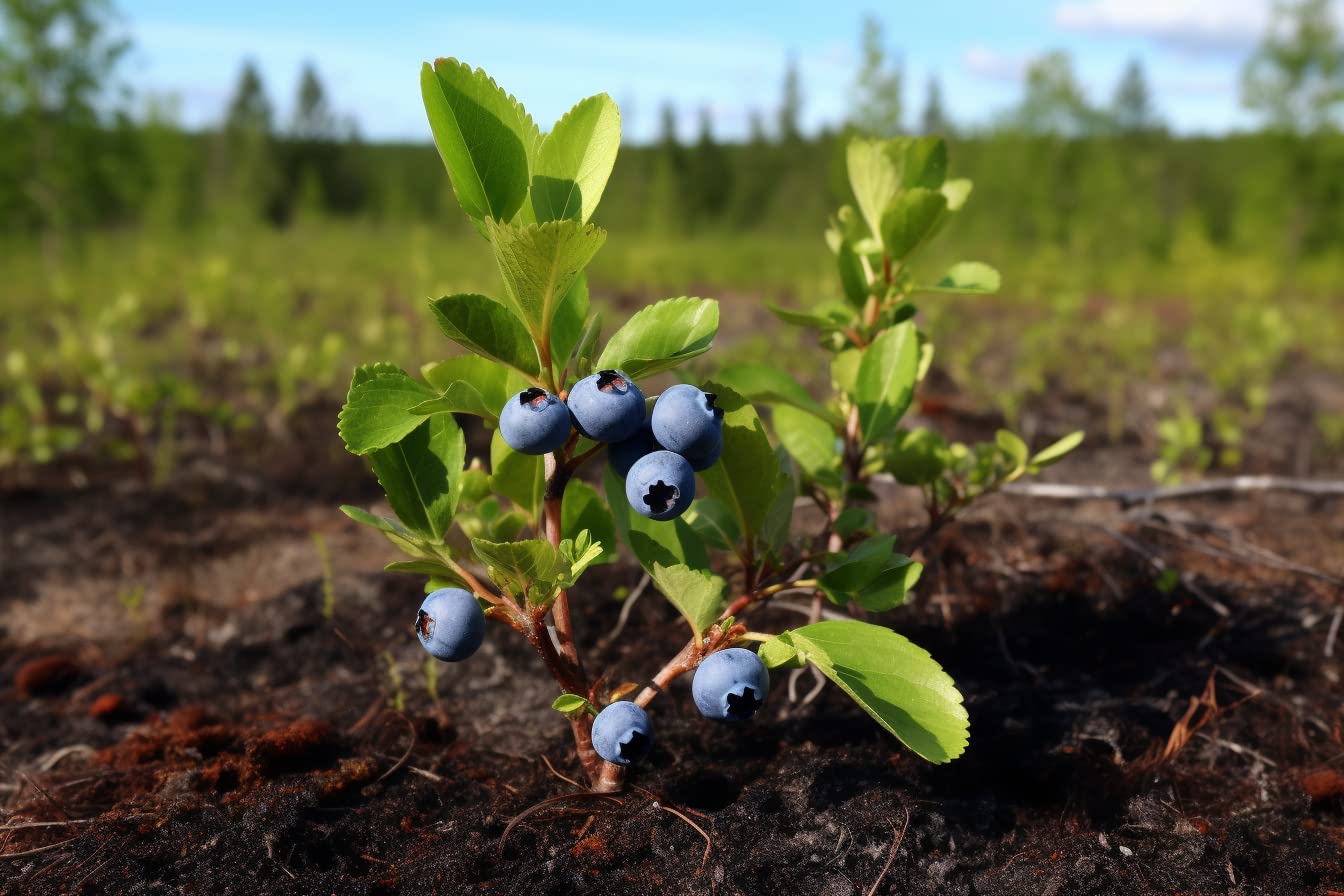

0 thoughts on “Coir Soil Mix: How Long To Hydrate”